These Irish Cookies Are the Perfect Buttery Treat for St. Paddy’s Day: 2 Easy Recipes
Learn more about the star ingredient that makes these cookies so lucky.
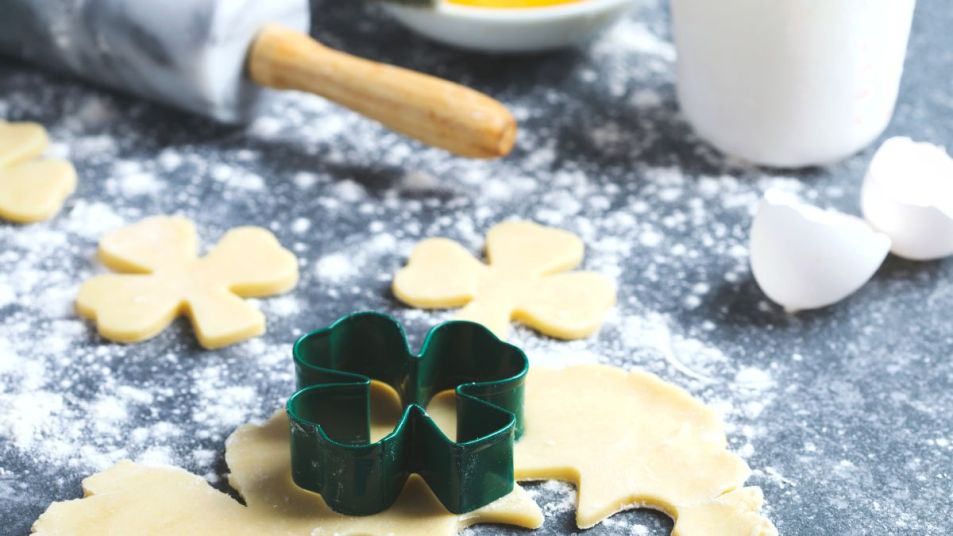
With St. Patrick’s Day near, it’s time to sprinkle a little Irish charm into your kitchen. And what better way to celebrate than with a homemade batch of buttery and crumbly Irish cookies? These delightful treats come in various flavors, from chewy oat cookies to crispy lace cookies. But we’ve narrowed it down to two irresistible recipes that are sure to become your new favorites. Keep reading to learn more about what makes these cookies Irish. Plus, we’re also sharing some expert baking tips and fun cookie customizations. So keep reading for everything you need to bake delicious Irish cookies.
What are Irish cookies?
Also known as biscuits (and the proper term if you’re Irish), Irish cookies have a home in almost any kitchen across the Emerald Isle. In fact, it’s customary to offer a cup of tea with a biscuit to any guests visiting your home. Like other biscuits, Irish cookies feel lighter and more crumbly in texture than regular cookies. They also have few additional ingredients such as nuts or chips. But most important, Irish cookies lean more savory than sweet, with a rich buttery flavor.
All about Irish butter
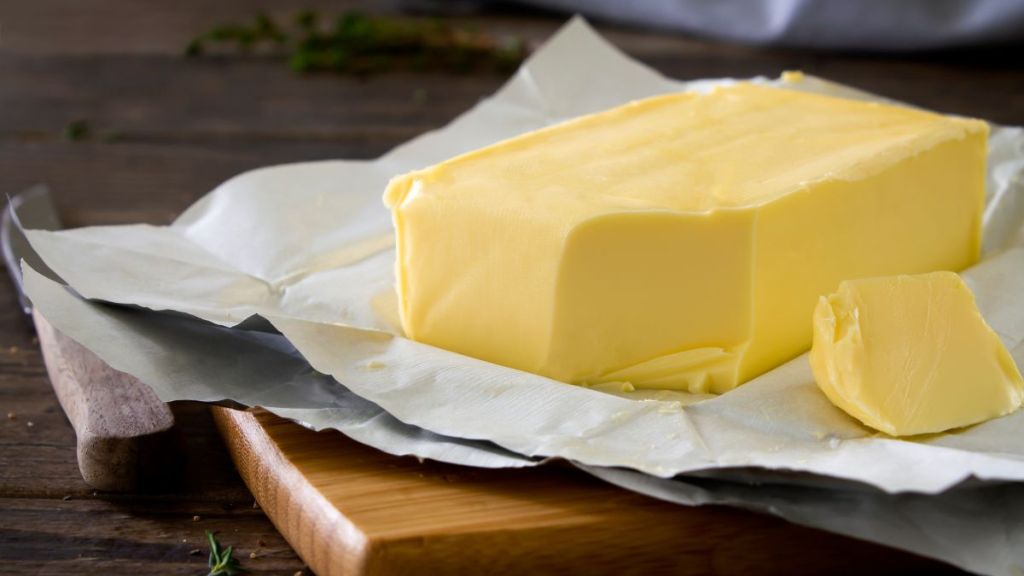
Everything tastes better with butter. And in this case, we mean Irish butter. This key ingredient separates Irish cookies from their counterparts. You’ve probably seen Kerrygold, a grass-fed butter brand, in your local grocery store. But what is Irish butter? A type of cultured or “European-style” butter (fermented butter), Irish butter has more butterfat content (82%) than American butter (80%). This is due to a longer churning time, the process that whips cream into butter. It might not seem like a big difference, but that 2% carries a lot of delicious flavor. The more churning, the higher the butterfat and the richer and softer the butter. Irish butter proves great for baking if you want flakier, high-rising treats.
Other popular cookies
In addition to the classic shortbread and soda bread cookies, Irish baking boasts some other gems that are just as delicious.
Irish oat cookies
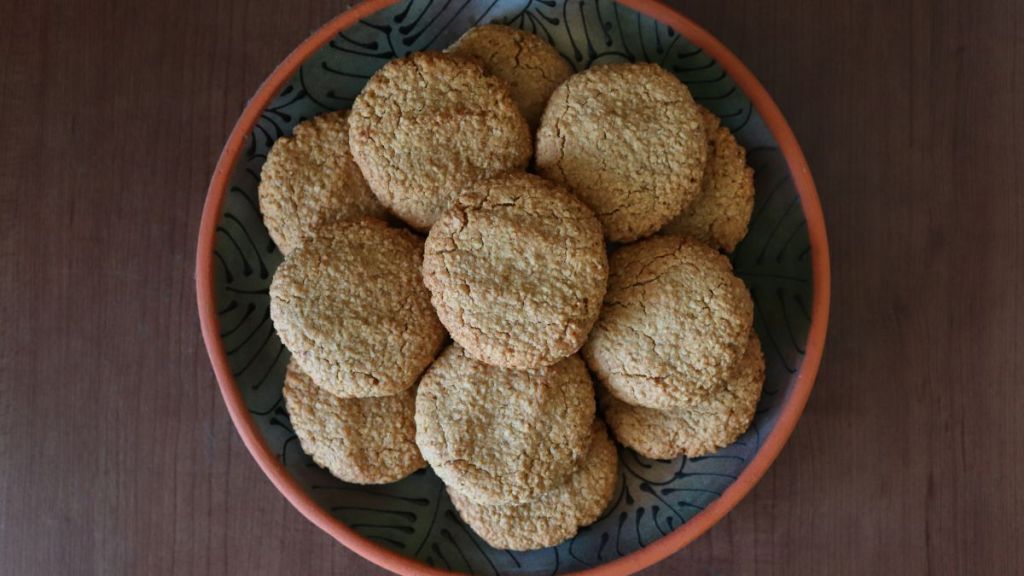
These biscuits combine butter, oats and brown sugar for a crunchy yet tender bite.
Irish lace cookies
Made with flour-free, oatmeal dough, these cookies look like lace once baked after spreading out thin and crispy.
Irish potato cookies
These round, no-bake cookies come packed with nuts and cinnamon and look a lot like potatoes (no, there’s no potato in the batter).
For more St. Patrick’s Day desserts, check out: Pretzel Shamrock Wands, Chocolate Mint Bombs and ‘Pots O’ Gold’ Chocolate-Covered Pretzels.
Shortbread vs. soda bread
While both cookies yield tasty results, shortbread cookies and soda bread cookies differ in their preparation methods and characteristics.
Shortbread biscuits originated in Scotland and consist of one part white sugar, two parts butter and three to four parts plain wheat flour. That’s right, shortbread doesn’t contain any leavening agent like baking soda or baking powder. Irish shortbread cookies vary slightly with the addition of cornstarch and Irish butter. Irish shortbread cookies usually come in finger-form for dipping.
Soda bread cookies, on the other hand, are more rustic and inspired by traditional Irish soda bread. “What makes Irish soda bread special is its unique combo of sweet, savory and tangy,” says Erin Clarke at Well Plated. “It has softness and structure at the same time. Irish Soda Bread Cookies give you the same experience but in a slightly sweeter (and personally sized) cookie form.” The dough uses a combination of butter, flour, baking soda, buttermilk and sometimes raisins or oats. Unlike shortbread cookies, soda bread cookies rely on the chemical reaction between baking soda and acidic buttermilk to leaven the dough. This results in a slightly denser texture with a subtle tanginess.
Expert baking tips for Irish cookies
Before you turn your kitchen into an Irish cookie factory, we’re sharing some expert baking tips so your batches come out perfect every time. Whether you’re a beginner baker or a seasoned pro, these tricks from Sally’s Baking Recipes will come in handy for any cookie recipe that comes your way. Read on for the secrets to golden, chewy and delicious Irish cookies.
1. Don’t overmix the dough
Follow your recipe’s specified time for creaming butter and sugar together. If you keep beating, you risk whipping too much air into the dough, which will cause your cookies to become hard and collapse as they bake.
2. Remember proper placement
When placing cookies on a baking sheet, make sure you leave at least two inches of space around the edges for better air circulation. Additionally, there should only be one baking sheet at a time in the center rack of your oven. Baking more than one batch simultaneously can risk uneven cook times.
3. Allow cookies to cool
Always move finished cookies from a baking sheet to a cooling rack. When cookies stay on a fresh-out-of-the-oven sheet, they continue cooking and can become overdone. A wire rack allows air to get underneath the cookies.
We also have a trick for reheating cookies so they taste just like they came out of the oven!
Two easy Irish cookie recipes
Making Irish cookies at home can be the good luck charm of your day. Here, two iconic cookie recipes that finish in less than an hour.
Irish Shortbread Cookies
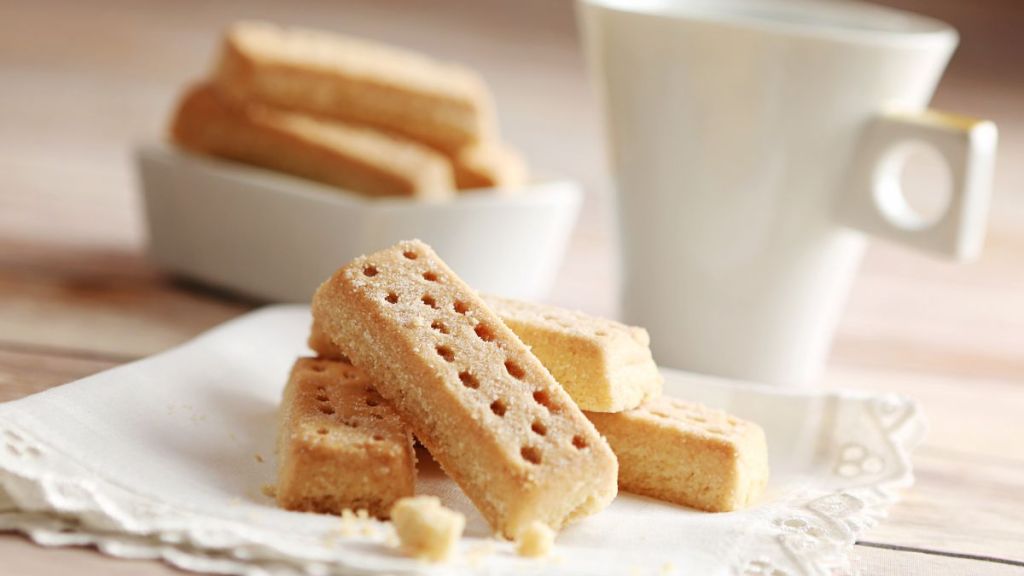
Crumbly, buttery shortbread cookies go great with a cup of tea or a bunch of St. Paddy’s day celebrators. Try this recipe is from Gav’s Kitchen for a melt-in-your-mouth bite dusted in caster sugar.
Ingredients:
- 1½ cups salted Irish butter
- ¼ cup caster sugar, plus more to sprinkle on top
- ¼ cup cornstarch
- 1½ cups plain flour
Directions:
- Active Time: 10 minutes
- Total Time: 40 minutes
- Yield: 10 cookies
- Preheat the oven to 320°F and prepare a baking tray by buttering and lining with a thin layer of flour. Line with parchment paper, if you prefer.
- Soften the butter first (if it has come out of the fridge, just put it into the microwave for 30 seconds).
- In a bowl, mix butter and sugar together with a whisk. Using a mixer makes this easier. Then, slowly add cornstarch and plain flour and mix to form the cookie dough.
- Put the dough into your baking tin and press it flat. The dough is quite malleable and will keep its shape well. Press the top with a fork before cooking and roll flat with a rolling pin if necessary.
- Place in the middle shelf of the oven and bake for about 30 minutes, or until very slightly browned on the outside. Then remove and cool for 5 minutes. Finally, sprinkle with caster sugar after 5 minutes.
- Cut out the shapes you want for your cookies (fingers or rounds). Then, allow cookies to completely cool before separating the cookies from each other.
Irish Soda Bread Cookies
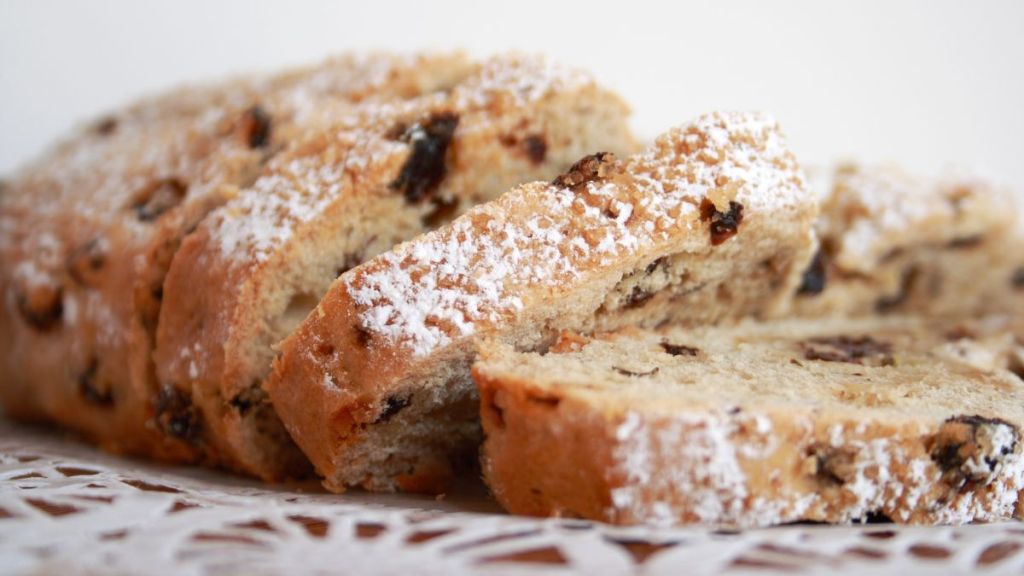
This recipe from Sweet Precision makes soft and chewy Irish soda bread cookies with highlights of caraway seed and raisins. A sweet twist on Irish soda bread, these bite-sized treats make for a crowd-pleasing platter.
Ingredients:
- ¾ cup raisins
- 1 cup water
- 1¾ cups flour
- ½ tsp. baking soda
- 1 tsp. caraway seeds
- ½ cup Irish butter
- ¼ cup butter milk
- ¾ cup granulated sugar
- 1 large egg
- ½ tsp. vanilla extract
Directions:
- Active Time: 15 minutes
- Total Time: 30 minutes
- Yield: 24 cookies
- Place a rack in the center of your oven. Preheat the oven to 350°F 20 minutes before baking. Then, line a baking sheet with parchment paper and set it aside.
- In a medium pot, combine raisins with water. Bring mixture to a boil on the stove. Reduce to simmer and cook until the liquid is absorbed. Remove pot from heat and let cool.
- In a medium bowl, combine flour, baking soda and caraway seeds. Set aside.
- In a large bowl, cream together butter, butter milk and sugar. Add eggs and vanilla and mix until combined. Add raisins and the medium bowl containing the flour mixture alternately. Mix well; the dough will be crumbly.
- Shape the dough into small balls, about 1″ wide. Slightly flatten the cookies to shape them into a disc. Bake for 12-15 minutes and remove when the edges of cookies are slightly brown. Allow cookies to cool on the baking sheet for 5 minutes, then remove to a wire rack to cool completely.
Note: If you plan to freeze your cookies, do so the same day you bake them. Store in a plastic bag for up to three months.
Customize your Irish cookies
Whether you’re hosting a green and gold party or planning a surprise for your grandchildren, you can go above and beyond with Irish cookies. Try these easy and festive ideas that will turn your cookies into a pot o’ gold.
1. Dip in chocolate
Who doesn’t love dunking cookies? Switch things up from the usual tea or milk with a bowl of melted chocolate for decadent sweetness. Try different chocolates as well!
2. Dust with sugar
A layer of powdered or cinnamon sugar goes a long way. Experiment with different sugars like vanilla, nutmeg or coca powder.
3. Drizzle with icing
Use a piping bag or a small spoon to create fun designs for a professional-looking finish. You can even get creative with contrasting colors.
4. Top with colorful sprinkles or edible glitter
Nothing says “party” like glitter. Add some whimsy to your cookies with these eye-catching decorations.
For more decadent cookie recipes, read these stories below:
Blueberry Cookies Are the Ultimate Soft and Chewy Treat — 3 Success Secrets + 2 Recipes
These 3-Ingredient Peanut Butter Cookies Couldn’t Be Easier to Make
Whip up Valerie Bertinelli’s 10-Minute Healthy Breakfast Cookies (Yes, You Read That Right!)














